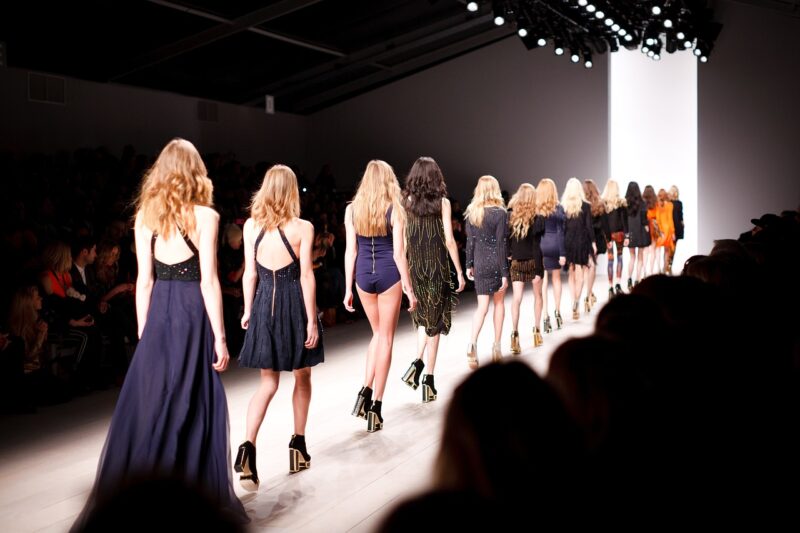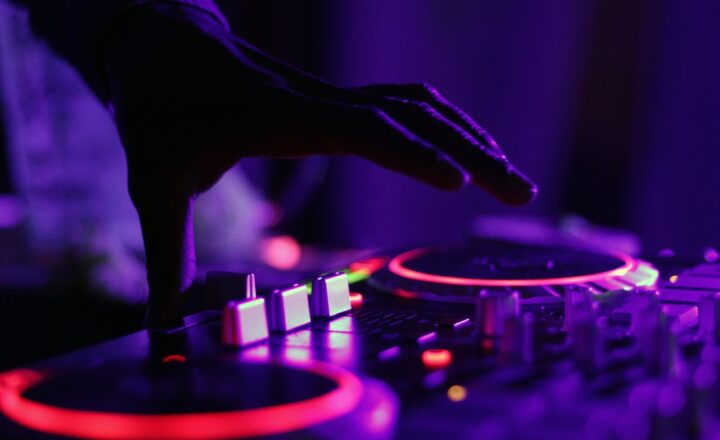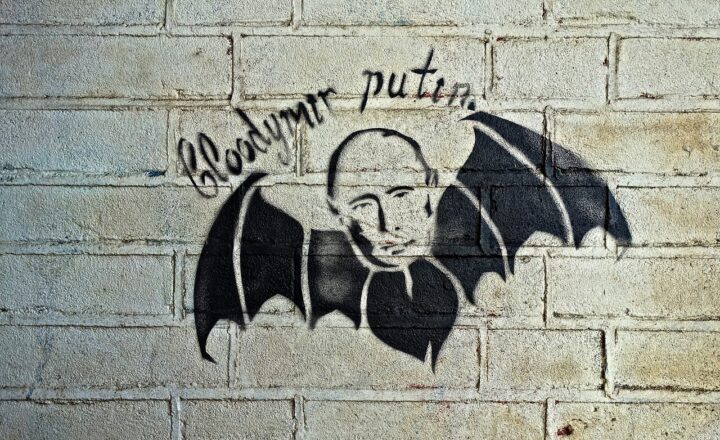The Impact of MTV’s TRL on 90s Music and How It Shaped Pop Culture
November 12, 2024

In the vibrant landscape of the 1990s, music emerged as a powerful cultural force, influencing trends, fashion, and social attitudes. At the forefront of this musical revolution was MTV, a channel that defined the era through its groundbreaking format that combined music videos with an engaging host and live audience—a concept heavily embodied by its iconic program, Total Request Live (TRL). Launched on September 14, 1998, TRL not only showcased music videos but also connected artists with fans in an intimate yet electrifying environment. This article explores TRL’s profound impact on 90s music and how it ultimately shaped pop culture.
1. A New Era of Music Television
When MTV first aired in 1981, it introduced the world to a unique blend of music and visuals, but TRL took this concept to another level. By focusing on viewer engagement, TRL allowed fans to vote for their favorite music videos, fostering a sense of community and excitement. It became a daily event for teens and young adults, turning the act of watching music videos into a social phenomenon.
The show was not merely a countdown of popular songs; it was a lifestyle. As fans eagerly awaited the daily rankings, TRL created an interactive space between the audience and the artists. For the first time, viewers could feel influential in determining which songs would be seen on television, giving them a voice in the very culture they consumed.
2. Elevating Music Artists to Superstardom
TRL’s influence extended beyond mere audience interaction; it played a pivotal role in launching and sustaining the careers of several pop culture icons. Artists like Britney Spears, NSYNC, and Backstreet Boys saw their careers skyrocket thanks to heavy rotation on the show. The process of coming to TRL meant not just performing, but engaging in interviews, participating in skits, and connecting with the audience on a personal level.
The show became a rite of passage for artists. A live performance or a guest appearance on TRL could validate an artist’s success, instantly boosting album sales. In a nostalgic 90s retrospective, fans recall moments when their beloved celebrities appeared on the show, marking milestones in pop music history.
One of the most significant aspects of the show was its ability to chart not only the best music but also the cultural zeitgeist. The presence of artists from various genres—pop, rock, hip-hop, and R&B—reflected the eclectic musical tastes of the era and set an inclusive stage for emerging trends.
3. Fostering Trends and Shaping Fashion
Beyond music, TRL significantly impacted fashion trends in the 90s. Viewers looked to the show not only for new music but also for inspiration on how to dress and behave. From baggy jeans and crop tops to platform shoes and choker necklaces, trends often originated with artists who paraded their unique styles on the TRL stage.
Moreover, the show often highlighted fashion-forward collaborations, such as the launch of high-profile clothing lines endorsed by stars. Brands understood the lucrative power of youth culture and began to sponsor segments, merging advertising with entertainment seamlessly. This synergy of music and fashion solidified TRL’s position as a trendsetter—everyone wanted to wear what their favorite pop stars were wearing.
As a result, TRL became a cultural playground for young audiences. If an artist wore a specific outfit or sported a particular hairstyle on TRL, it inevitably led to a surge in popularity for that look, showcasing the show’s immense influence.
4. Cultural Conversations and Controversies
TRL also served as a platform for important cultural conversations and sometimes, controversies. The show didn’t shy away from addressing social issues through the lens of popular culture. For example, the aftermath of events like the Columbine High School shooting prompted discussions on violence in music and media, with artists using their appearances to speak on sensitive topics.
Additionally, various incidents marked the show’s history, such as the surprise appearance of artists like Eminem or provocative performances that sparked debates on artistic expression and censorship. The cultures of the 90s clashed and converged on TRL, and these moments echoed beyond the show’s walls, igniting discussions on diversity, representation, and the power of music as a catalyst for change.
With celebrity appearances and emotional interviews, TRL created a space where the personal intersected with the political, fueling engagement from an audience that was increasingly aware of the world around them.
5. The Legacy of TRL in Contemporary Music Culture
As the millennium approached, TRL continued to resonate with audiences until its decline in the early 2000s, coinciding with the rise of the internet and social media, which transformed the way audiences interacted with music and artists. Though TRL officially ended in 2008, its impact persists.
Today’s music culture, filled with platforms like YouTube, TikTok, and Instagram, can still trace its lineage back to the interactive and community-driven format that TRL established. Artists now connect with fans directly, fostering an even more personal relationship through social media, yet the essence of what TRL represented—celebrating music, community, and culture—endures.
In many ways, TRL set the stage for contemporary phenomena like live streaming concerts and artist-led social media interactions, proving that the connection between artists and fans is fundamental to music culture. The echoes of TRL continue to influence producers and marketers trying to capture that vibrant, spontaneous energy that characterized the show’s early years.
Conclusion
MTV’s TRL was more than just a music countdown show; it was a cultural phenomenon that defined a generation. By blending music, youth culture, and social interaction, TRL became a cornerstone of 90s pop culture. Its ability to turn music into a shared experience and elevate young artists into superstars left an indelible mark on the industry.
As we reflect on TRL’s legacy, we recognize that its contribution transcended music—it shaped a generation’s identity, style, and voice in ways that continue to resonate today. MTV’s TRL exemplified the power of music television, forging connections that will always be part of the cultural fabric of our lives. Its influence remains, serving both as a nostalgic reminder of the past and a blueprint for the future of music and media.







